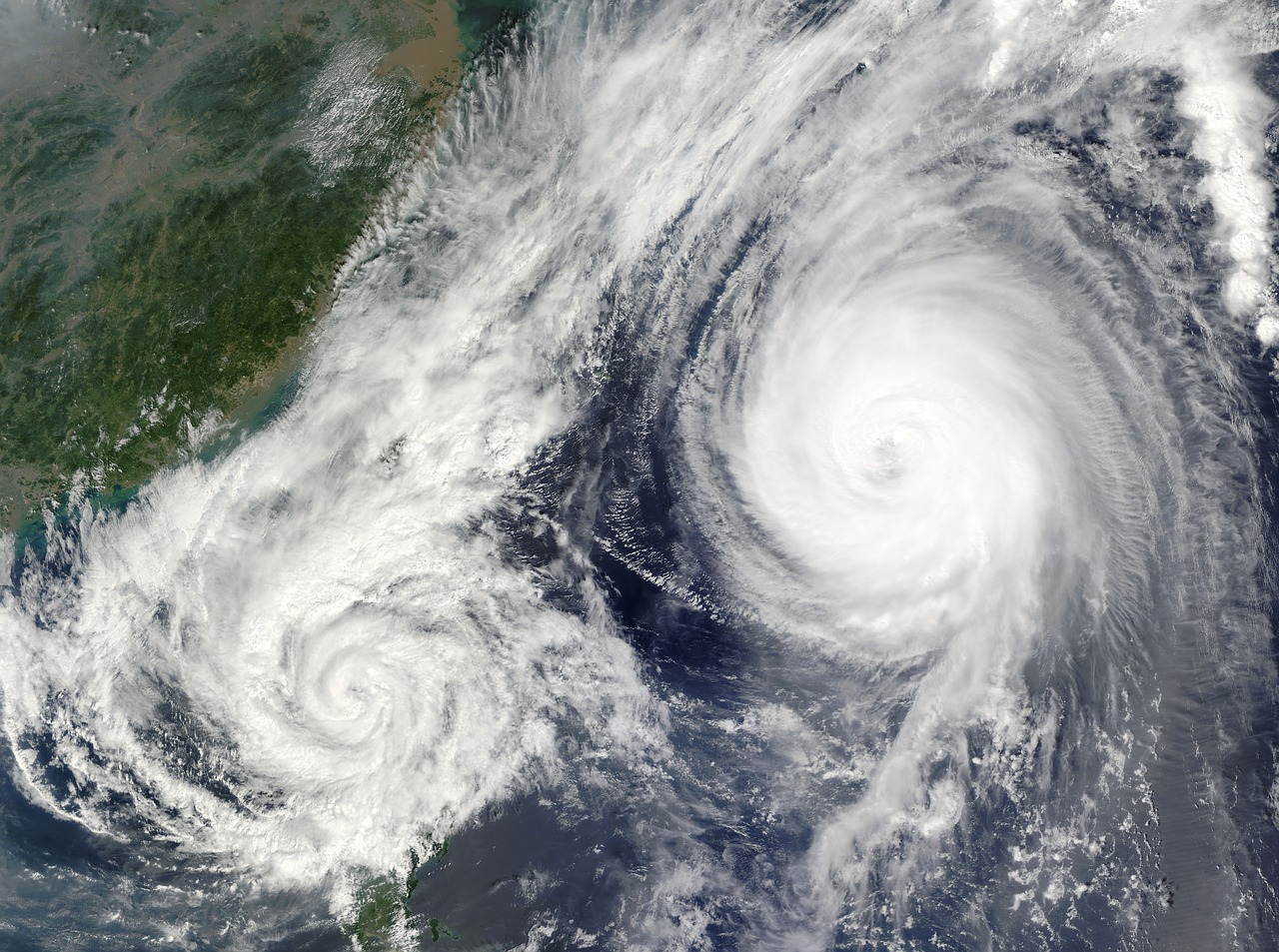
You’ve rolled out your grill, cleaned the pool and stocked up for all the requisite summer party supplies—but for South Floridians, gearing up for summer also means preparing for hurricane season.
June 1 marked the beginning of the Atlantic hurricane season and when we began to turn a watchful eye on the tropics. But at Frost Science, preparations for the season begin long before that. With our new building comes new challenges—as well as new benefits—regarding hurricane preparedness.
We start our preparations by looking at the Emergency Action Plan found within our Safety Management System. That’s where we have a hurricane plan that lays out what the museum’s actions will be before, during and after a hurricane. Part of our year-round vigilance is the maintenance of the hurricane protection equipment. This equipment can be as mundane as flashlights and hand tools, or as elaborate as the emergency power and communication systems. While the season may be short (it runs until November 30) our active approach to hurricane preparedness is a 365-day endeavor.
Our physical hurricane preparations begin with constant monitoring of the tropics. When a hurricane watch is declared, the president of the museum decides on a date and time that the museum will be closed to guests, and when all museum preparations must be completed to ensure enough time for employees to look after their own homes. Some of the key physical preparations that occur are the protection of critical systems and technologies, such as the covering or removal, to a safer location, of any computers or high value assets we need to protect from flooding or water damage. Our building was also designed and constructed to take storm surge into account, which helps minimize the risk to the building and its exhibitions. In fact, the Plaza level sits 21 feet 8 inches above sea level—that exceeds Miami-Dade County’s requirement by over 50 percent!
But one of the greatest challenges we face in our hurricane preparations is securing our animals prior to the hurricane arriving. We have backup generators as well as systems in place that allow us to ensure the animals will be safe from harm even during a major hurricane. Once the building is secured and locked down, only select personnel may enter after the storm has passed. These people will inspect the building to ensure it is safe for the staff to return and begin the cleanup effort. Once the cleanup is underway, the president’s office will select the date and time we will re-open.
These actions and more are covered within our Safety Management System, Emergency Action Plan and our Continuity of Operations Plan. These documents, along with training and drills, allow us to continue to educate and entertain our guests after a major event such as a hurricane.
How can you prepare at home?
A great way to start the season is to create (or restock) an emergency supply kit. For extra fun, turn it into a game! After gathering all your supplies, see who among your friends and family can build the highest supply kit tower. Take a picture of it and share on social media to challenge other friends and family to make their own kits too!
Not sure what goes in an emergency supply kit? Here are some suggestions:
https://www.redcross.org/images/MEDIA_CustomProductCatalog/m4340160_Hurricane.pdf
Want to brush up on your hurricane trivia? Here are few facts to take with you into the season:
- Miami-Dade County has not had a hurricane since 2005.
- Starting this year, the National Hurricane Center will issue watches and warnings for storm surge in addition to Tropical Storm and Hurricane watches and warnings.
- The seasonal forecast predicts above-normal hurricane activity, which means that more named storms than the historical average are predicted to occur.
- A storm is named once it reaches tropical storm strength (sustained wind speeds of 39 mph or more).